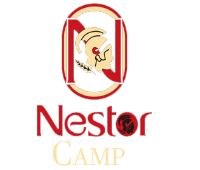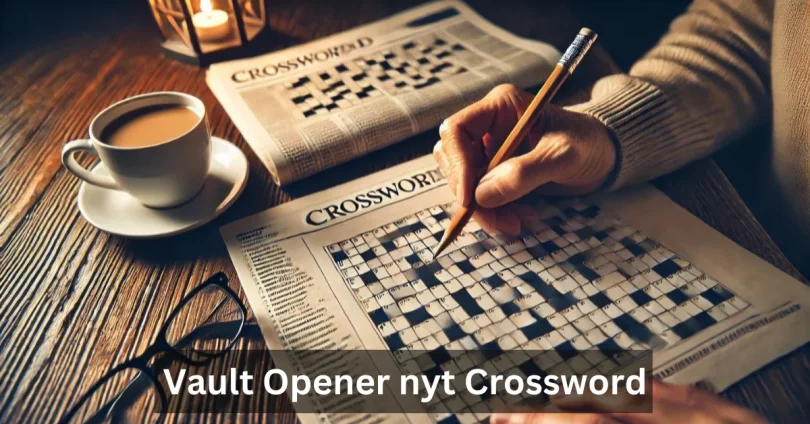The New York Times vault opener nyt crossword has long been a staple of daily intellectual challenge for puzzle enthusiasts around the world. It’s renowned for its carefully constructed clues, its vast array of themes, and its occasional obscure references. Among the many types of clues featured in this celebrated puzzle, one of the most intriguing is the “vault opener” clue—a phrase that may seem cryptic at first, but actually points to something deeply embedded in the puzzle’s culture and lexicon.
What Does “Vault Opener” Mean in the NYT Crossword?
In the context of the New York Times Crossword, the clue “vault opener” generally refers to a person or thing associated with unlocking or accessing a secure vault. While this might seem straightforward, like many crossword clues, it can be a bit more nuanced. A vault, in its most literal sense, refers to a secure room or structure used for storing valuables, such as money, documents, or other precious items. Therefore, the “vault opener” could theoretically be someone who unlocks a physical vault—like a bank manager or a safecracker.
However, in crossword puzzles, clues often play on multiple meanings or wordplay, and “vault” might not always refer to a literal vault. In some cases, “vault” might refer to a metaphorical or cultural vault, such as the collection of knowledge, ideas, or even entertainment. Thus, a “vault opener” could also be someone who reveals hidden information or unlocks secrets, whether in the world of finance, information technology, or even sports.
Common Solutions to “Vault Opener” Clues
There are a few possible solutions that commonly appear as answers to a “vault opener” clue in the New York Times Crossword. These include:
- KEY: This is a classic answer to the “vault opener” clue. A key is, after all, a device that opens a vault, both in a literal and figurative sense. Crosswords often use the word “key” for its multiple meanings: a physical object that unlocks something, or a vital piece of information that unlocks a problem or mystery.
- SAFECRACKER: Another answer that sometimes pops up is “safecracker,” a more specific term for a person who opens locked safes or vaults, typically in a criminal or high-stakes context. This answer can be used when the puzzle’s creator wants to lean into a more adventurous or even thrilling narrative.
- CODE: In some cases, “code” might be the correct answer. Codes are used to open secure systems, whether they are digital vaults or physical safes. Cryptography, the science of writing and deciphering codes, often plays into the broader concept of a vault’s security, and thus “code” can be an apt answer.
- VAULTING: A less common but still plausible answer could be a reference to the verb “vault,” which can mean to leap over something, often in a sporting context, such as in pole vaulting. In this case, the clue might be asking for a word related to someone who “opens” or clears a barrier—literally vaulting over it.
The Art of Crossword Clue Interpretation
One of the reasons why crossword puzzles like the New York Times are so beloved is their capacity for lateral thinking. The clue “vault opener” is a perfect example of how the puzzle’s creators play with language to create a puzzle that is not just about solving individual words, but also about interpreting clues in creative and unexpected ways.
Many crossword solvers have learned to look for clues that imply wordplay, double meanings, and puns. In the case of “vault opener,” the solver must decide whether the clue refers to a person, a thing, or even a concept. The ability to navigate these layers is what makes solving crossword puzzles such an enjoyable and rewarding experience for many people.
Conclusion
The clue “vault opener” in the New York Times Crossword is a great example of the puzzle’s playful and often tricky approach to language. Whether the answer is a simple “key,” a more specific “safecracker,” or something unexpected like “code,” each solution demonstrates the layers of meaning that make crossword puzzles such a dynamic form of wordplay. For those who enjoy the challenge, clues like these offer an opportunity to flex mental muscles, engage in creative thinking, and, ultimately, unlock the satisfying feeling of solving a tough puzzle.



